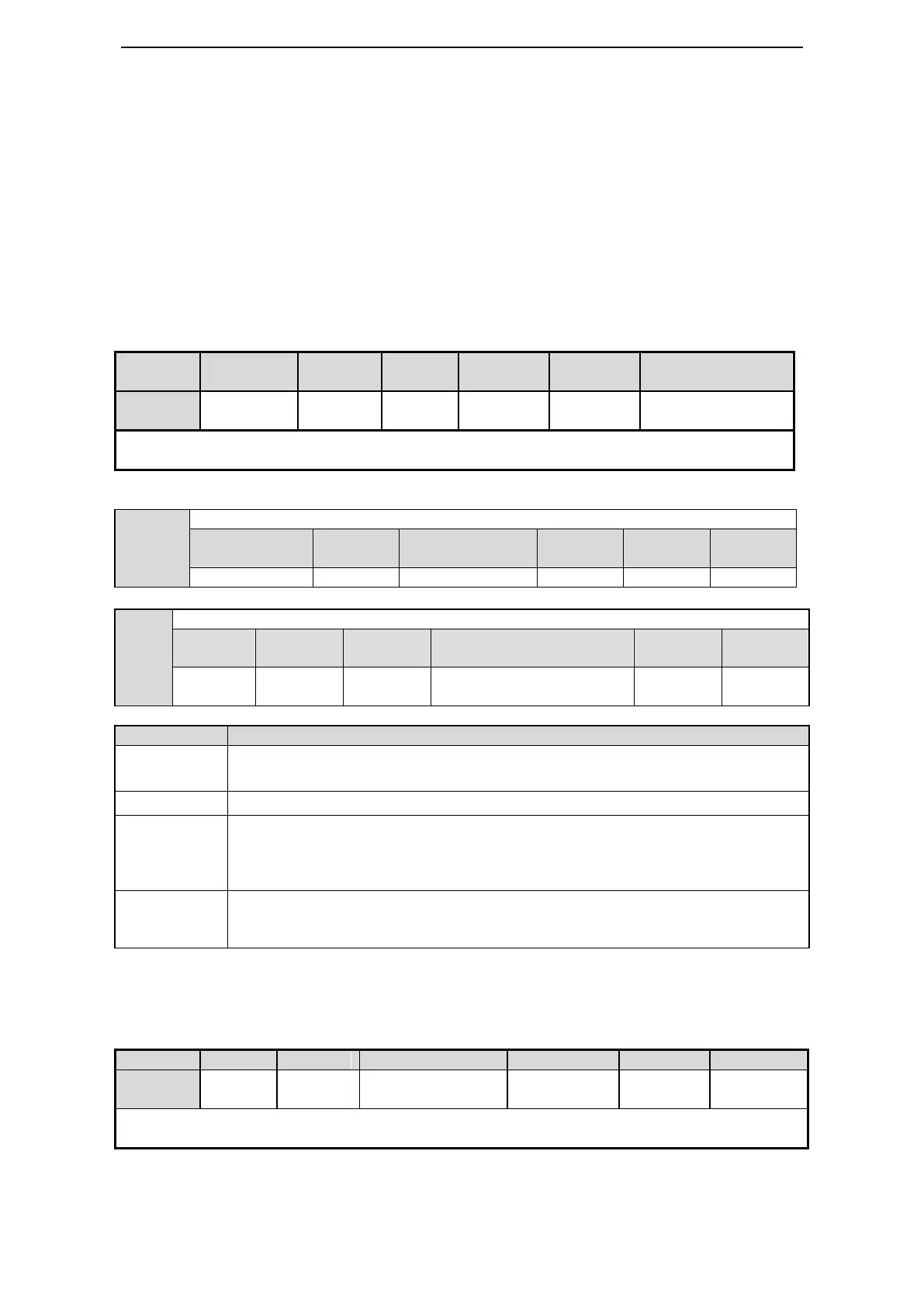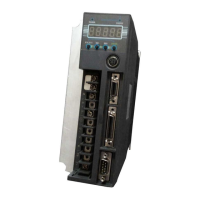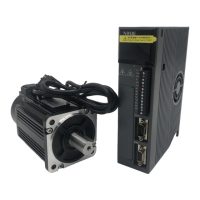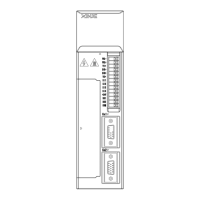5-4-5. Zero clamp (/ZCLAMP)
(1) Function
This function is used when host controller uses speed command input and the servo system isn’t
configured the position loop. In other words, the function will be used when the motor must stop and
enter lock state even the V-REF input voltage is not zero.
When set ON the zero clamp function, it will configure the position loop inside the servo, the motor
will do zero clamp within ±1 pulse at this position. The motor will return to zero clamp position even it
is run by external force.
The present speed must be smaller than zero clamp speed when using zero clamp function, it can clamp
the motor shaft from moving. The motor will switch from speed mode to position mode when starting
the zero clamp function. At this time, rotate the motor shaft, it will return to the original position. It will
not return to original position in speed mode, because it has no position feedback.
(2) Input signal setting
(3) Parameter setting
ZCLAMP input signal is ON, forced speed command is 0, when the speed below
P3-13, switch to position mode and the servo lock in this position.
ZCLAMP input signal is ON, forced set the speed command to 0.
ZCLAMP input signal is ON, the speed below P3-13, switch to position mode and the
servo lock in the position.
Note: after entering zero clamp mode, present setting speed is higher than P3-13,
motor doesn’t run, the ZCLAMP signal must be OFF, then motor will run again.
ZCLAMP signal is ON, the setting speed is less than P3-13, switch to position control
mode, and servo is locked at this position. At this time, if setting speed is over P3-13,
the motor will run again.
5-4-6. Speed coincidence checking (/V-CMP)
When motor speed is equal to the command speed, servo outputs speed coincidence signal (V-CMP).
Speed coincidence
checking signal
Range: 0000-0013. Distribute to output terminal through P5-39. When it set to 0002, it means output
from SO2.
Note: /Z-CLAMP signal is distributed to input terminal by parameter P5-31, refer to chapter 5-12-1.

